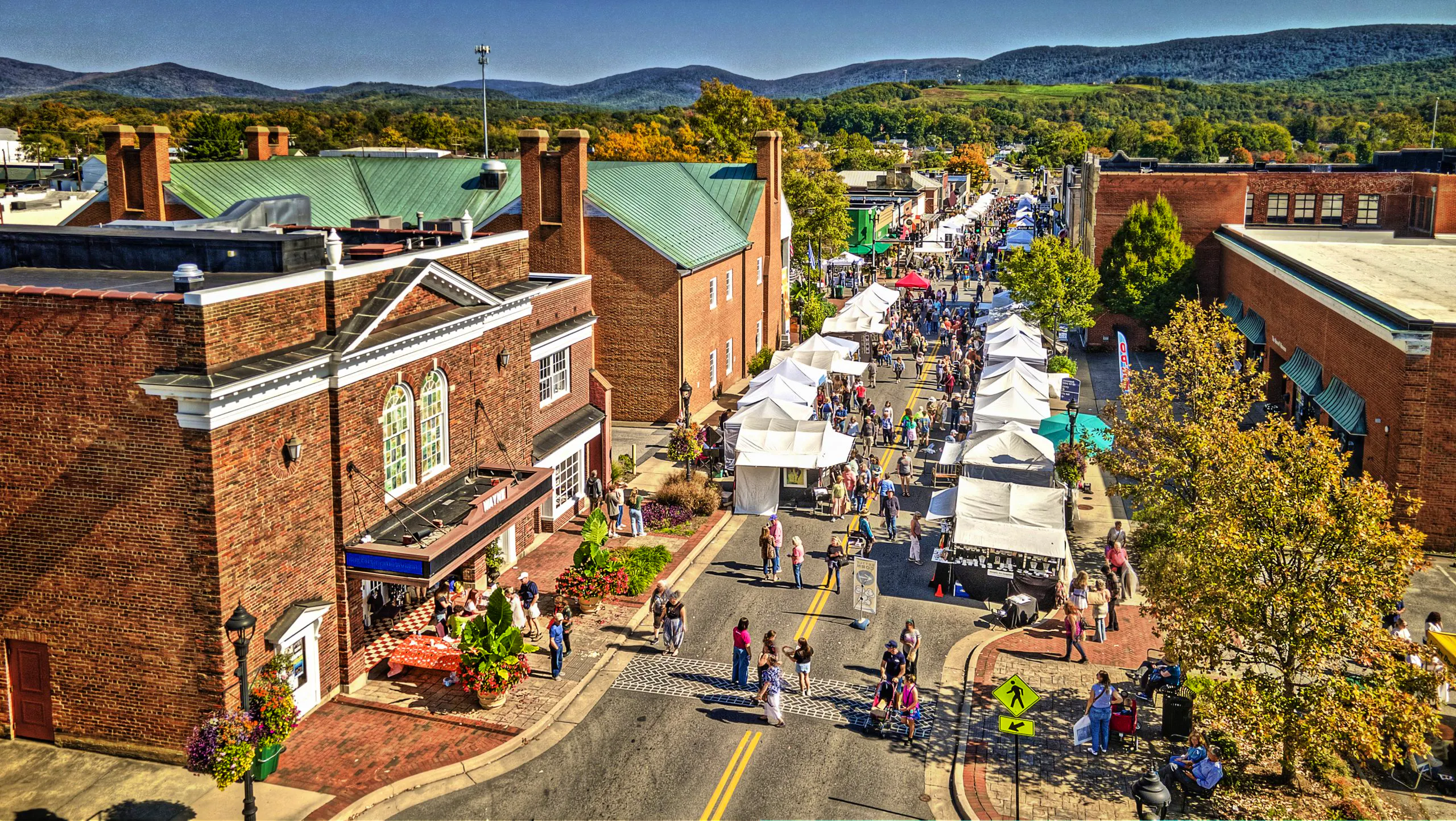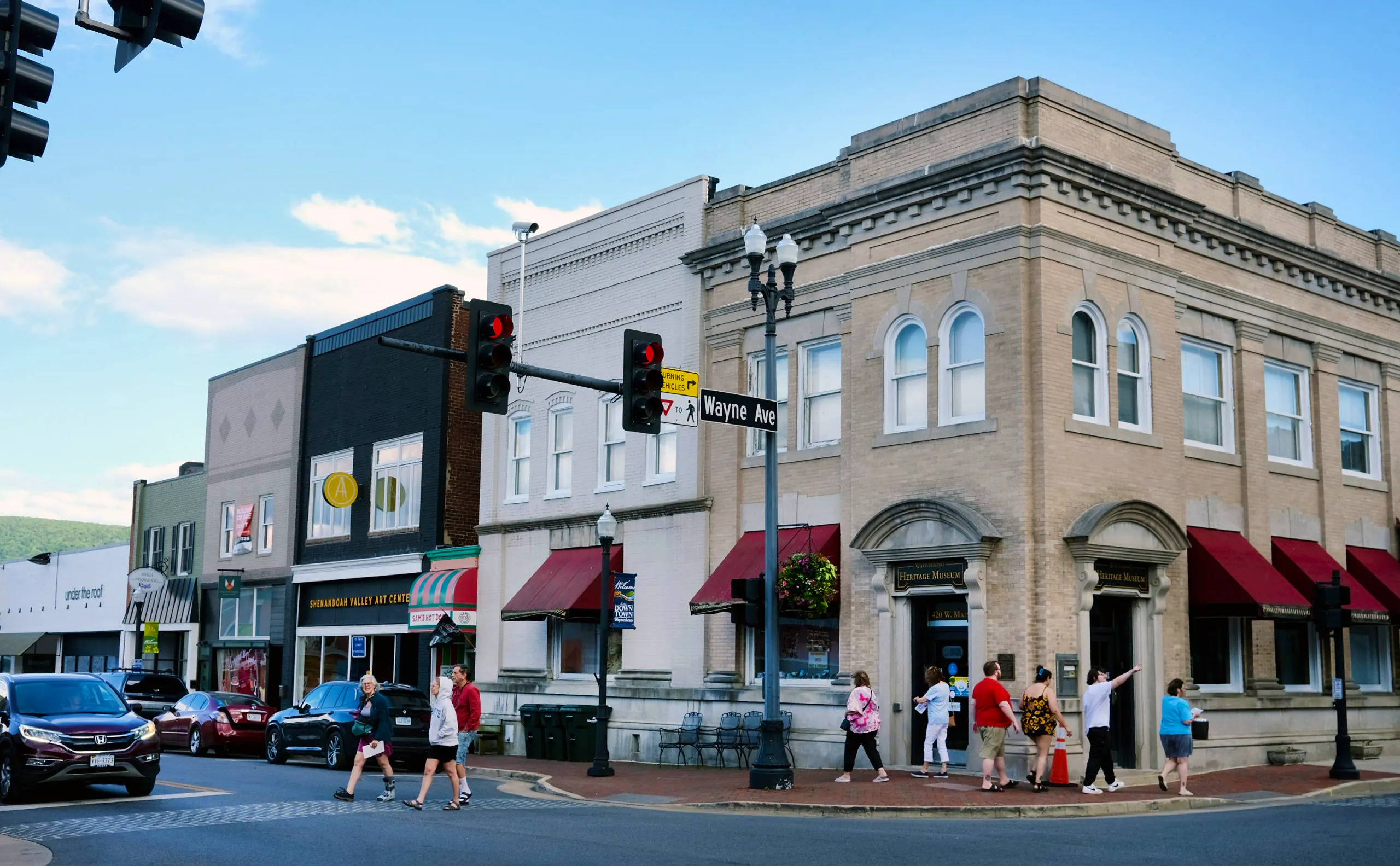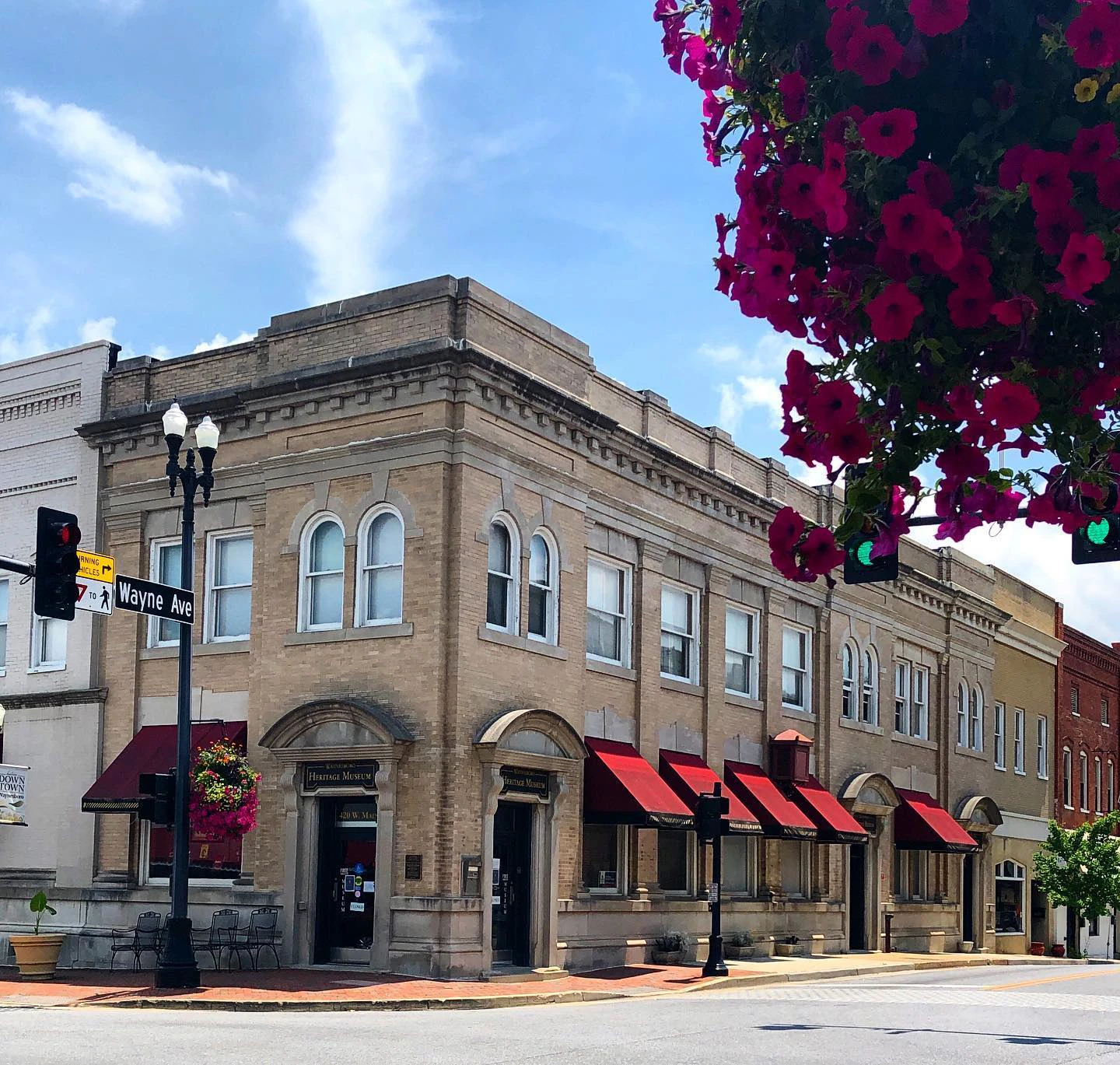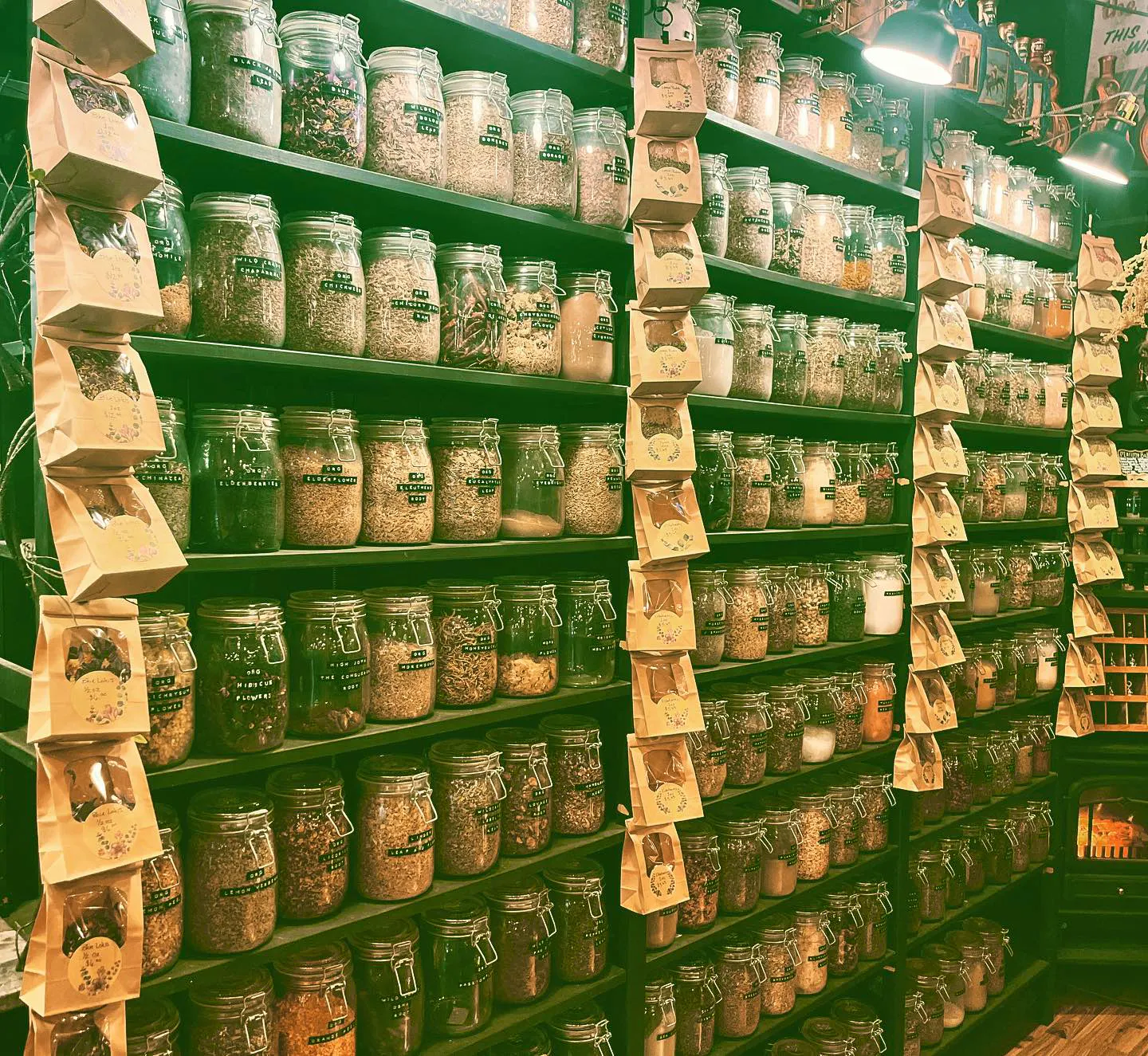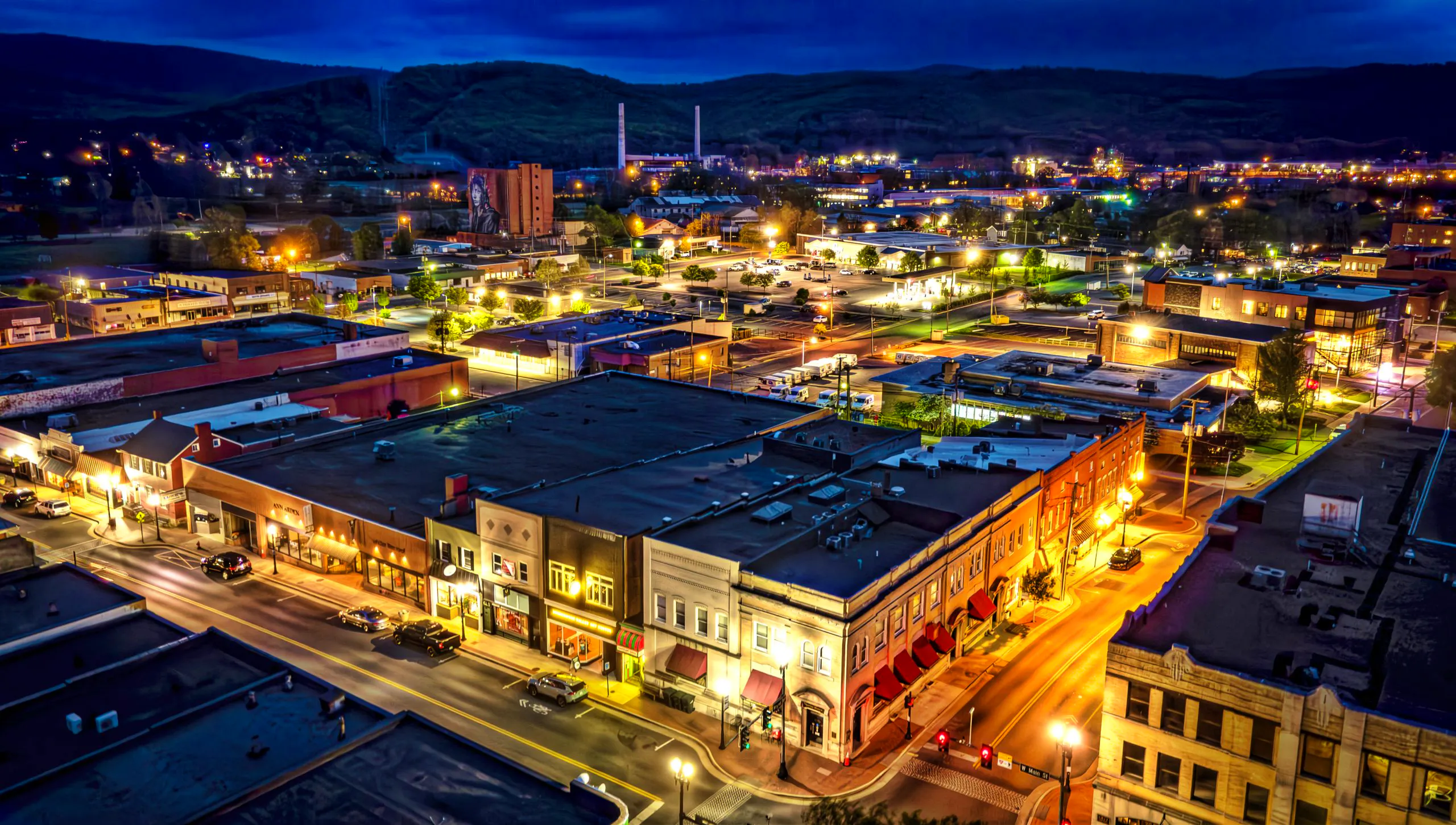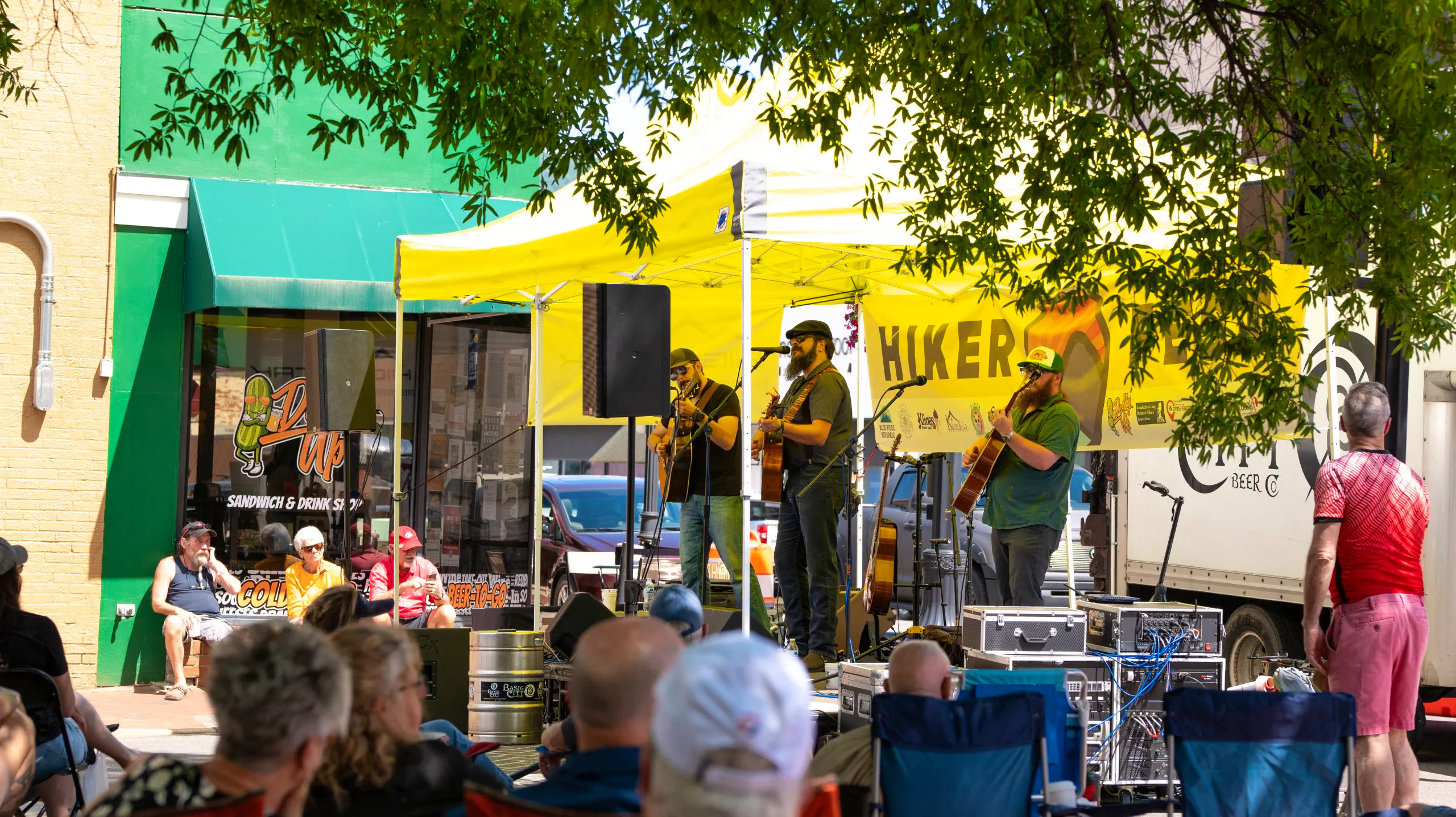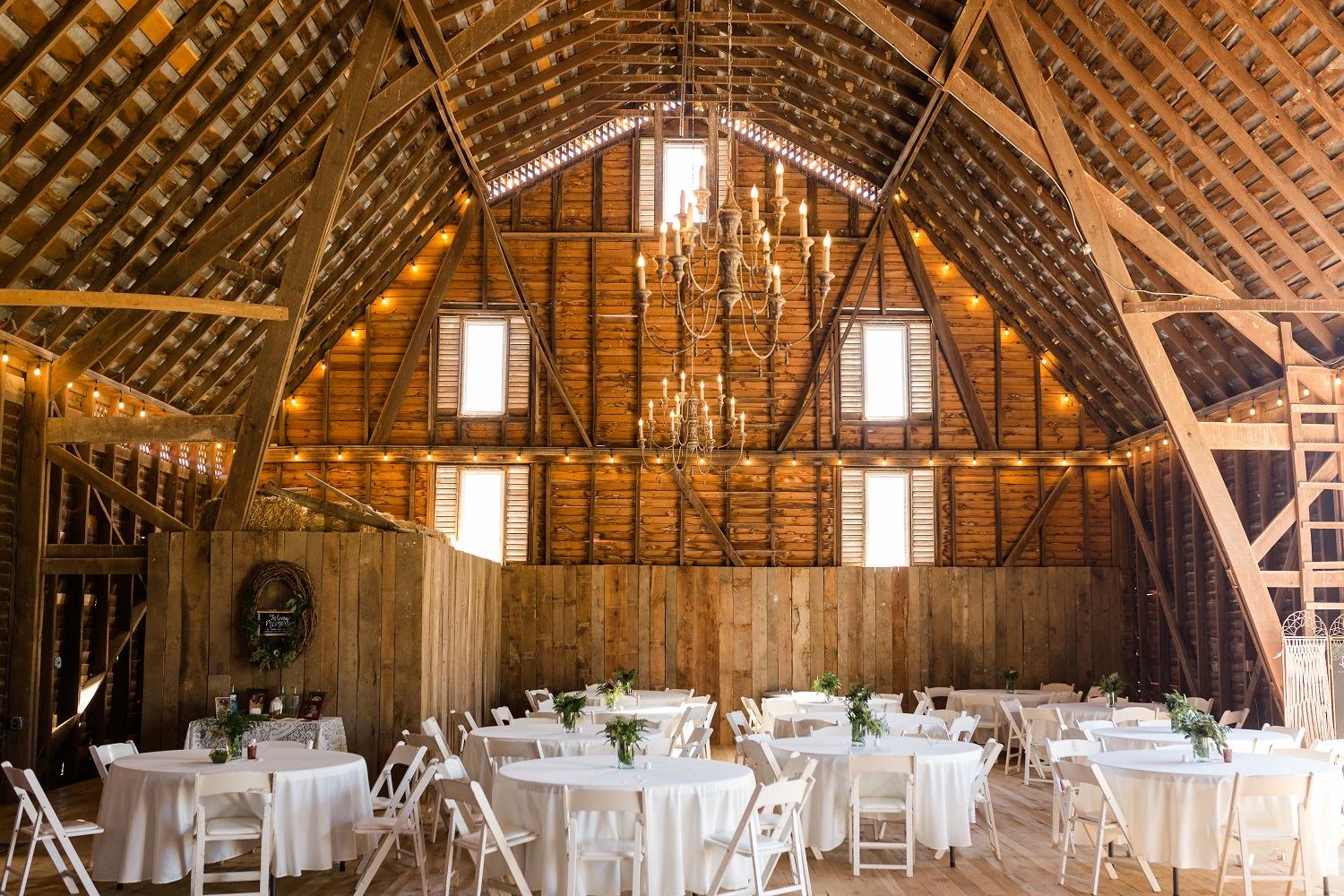History adds to our understanding of our area and culture, and gives context and structure to our lives. It sparks the imagination and allows us to dream of other times and places and come to comprehend the complex relationships people have to the land and each other.
Heritage Museum
Its hard to imagine that the line of the Blue Ridge Mountains was once considered the frontier by pioneers moving westward. The mountains created a formidable obstacle for horses and wagons, even in places like Rockfish Gap where the land flattened between peaks. One of the reasons for Waynesboro’s early growth was because it was a logical resting place after successful crossings. The Waynesboro Heritage Museum, located in a restored 1908 bank building, includes artifacts, photographs, maps, furniture, textiles, and more in its exhibits on the city’s history. The museum houses both permanent and rotating galleries that feature the history of various eras and subjects like the railroad, Brigadier General Anthony Wayne, industry, and education. There’s even an exhibit in a bank vault! The nTelos audio visual room provides space for programming, and some collection items may be viewed online. If you want to learn your history digitally, the Waynesboro Heritage Foundation maintains a large, searchable database of images and local documents ranging from advertisements and brochures to tickets and telegrams. Pick up your Waynesboro souvenirs at the Heritage Gift Shop.
Plumb House
The Plumb House Museum is a second space operated by the Waynesboro Heritage Foundation. Built in the early 1800s, this home survived the 1865 Battle of Waynesboro and the original log section of the home is thought to be the oldest surviving building in town. The museum exhibits battle-related artifacts and documents, as well as items of interest from the lives of the five generations of the Plumb family, who lived in the house from 1838-1994.
Waynesboro’s African American Heritage Museum
Celebrating Black history in Waynesboro, this by-appointment-only museum houses a small but rich collection that weaves a tapestry of revered figures in the community. Waynesboro’s Rosenwald School was one of many built across the south through a partnership between Julius and Booker T. Washington in what has been called the most important initiative to advance black education in the early 20th century. Be sure to call to get a first hand look at the historical significance Waynesboro’s African American community had in shaping the city.
Please call (540) 942-6735 to make a reservation.
Blue Ridge Tunnel
Part hiking trail, part history exhibit, the Claudius Crozet Blue Ridge Tunnel allows visitors to access the past by walking through a restored (and stabilized) 1850s railroad tunnel. Named for its designer, the tunnel was once the longest of its kind in North America. It remained in service until 1944 when it was replaced by a nearby tunnel that could accommodate larger locomotives. The trail stretches 2.25 miles between trailheads on either side of the mountain, and the near-mile-long tunnel is at roughly the halfway point. Bring a strong flashlight and marvel at the feat of engineering that enabled trains to cross the Blue Ridge. Signage along the trail provides historical background.
Swannanoa Palace
The hauntingly beautiful pre-restoration Swannanoa Palace was built out of Italian and Georgian marble in 1912 by railroad magnate James Dooley as a summer respite from his year-round house in Richmond. The 23,000 square foot, towered, ornately landscaped structure also boasts an original Tiffany window depicting Mrs. Dooley. This is the largest Tiffany to be found in a private home. The building has been a home and the headquarters of the University of Science and Philosophy (which now shares its home with the Russell Museum)over its 100+ year history. It is now open on select weekends for events, photoshoots, and private tours.
Russell Museum
Walter Russell was an artist, musician, author, architect, and thinker, who lived at Swannanoa Palace with his wife from 1948-1963. There they created the Walter Russell Foundation and the University of Science and Philosophy, a correspondence school. Russell’s paintings, music, scientific drawings, and over 40 tons of sculpture are now on display at the Russell Museum in downtown Waynesboro. Russell’s celebrated 1902 illustrations of the “Worlds 12 Most Beautiful Children, which he completed for Ladies Home Journal are on display as well as a memorial to Mark Twain. This space is also the current headquarters of the University of Science and Philosophy and visitors may view the collections and take advantage of classes and speaking events.
Keep Adventuring…
Waynesboro is home to 15 historical markers, which cover topics ranging from the Civil War to the ecology of the South River to general history of the town. Find them all!

